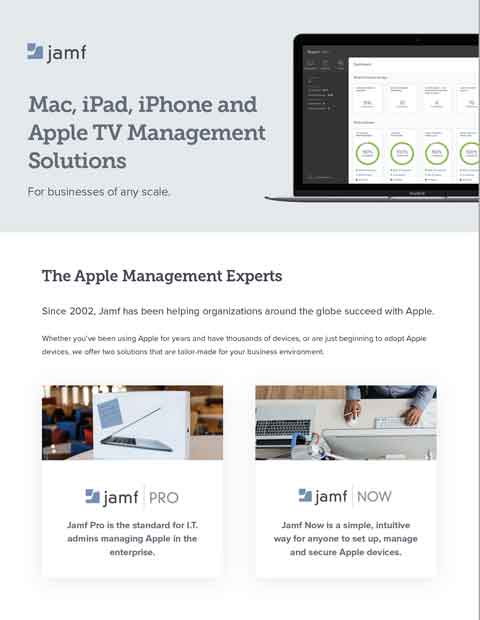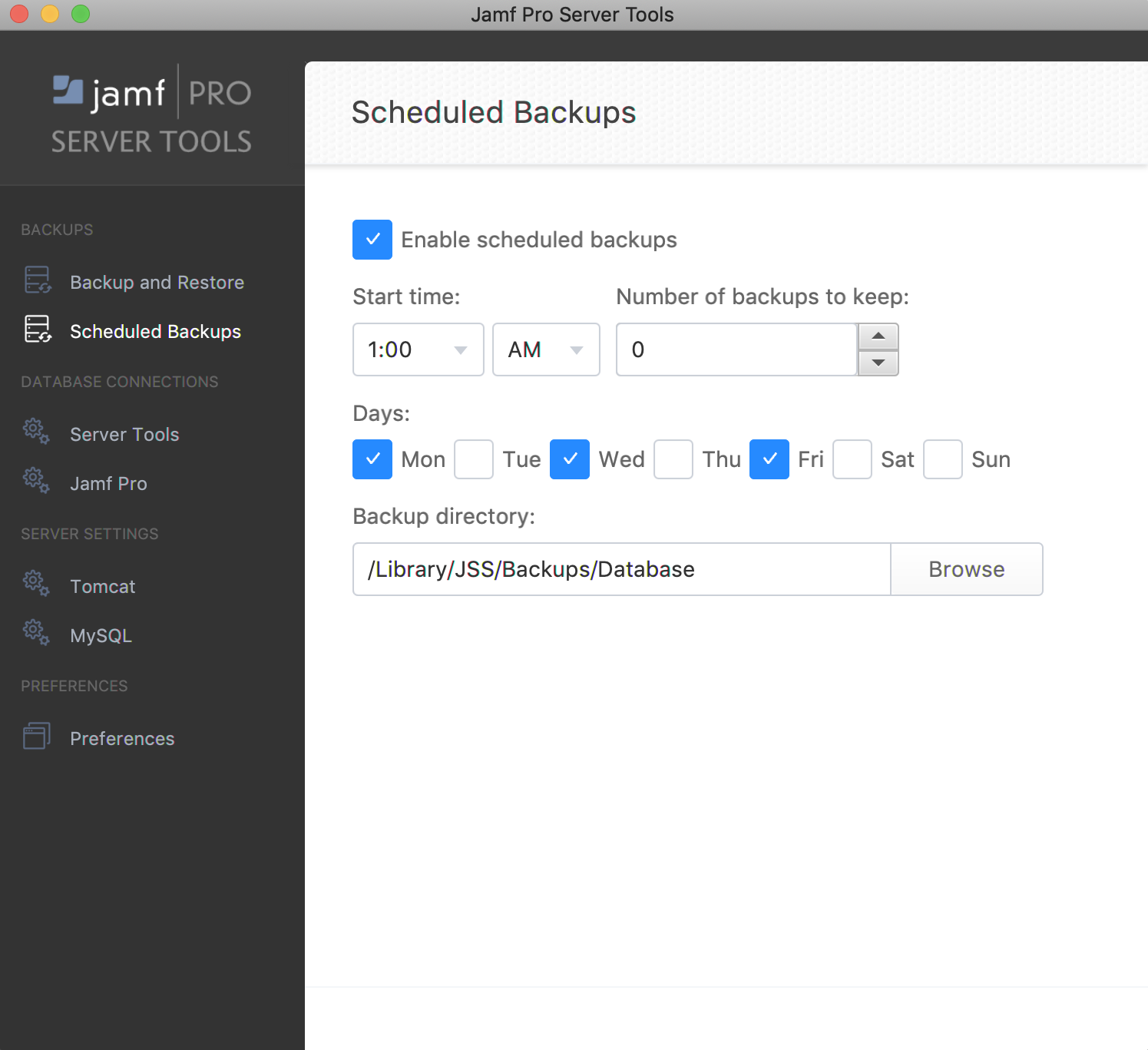

The new architecture for Community Patch no longer makes sense to invest the time and effort into a migration of the current user base. I committed to updates to my Patch Server project, which enables self-hosted patch sources, and said I would revisit the funding question of Community Patch another day.

With the Kinobi team now bringing their know-how and their stack to Jamf I was left wondering if it was a valuable use of my time to keep working on my version. Kinobi has a lot of tech for Jamf to take advantage of including custom definition support – the key feature of Community Patch. I took a week to figure out where I go from here. Then Jamf bought Kinobi just before JNUC 2020.
#Jamf pro server code
Much of the code for this next version is out in the repo today. This new architecture would be more cost effective (basing it on metrics and billing data I gathered), more performant, and fill in the gaps on many use cases my users brought up: API tokens, delegating permissions to other contributors, creating a unified patch feed instead of subscribing to many, etc. This has been discussed a lot in the #communitypatch channel in the MacAdmins Slack, but I had been working on a major overhaul meant to address everything that was an issue, and everything that was learned with Beta 2 (the current iteration). I focused during this time on where I wanted to take the project, and what to do once those credits ran their course. I could see the trend and knew what to expect.Īs fortune would have it, the next two years of Community Patch would be funded by AWS through a combination of general use and open source credits I received. The beautiful thing about serverless apps is that consistent workflows scale linearly in price so I was never subject to sticker shock. Over time, with the kind of organic growth it has seen, Community Patch started costing more. Eventually usage went above those limits and the service cost a few dollars per month. I’m really quite proud of how this has grown, and of the value it gave to others.įor the first year of its existence, Community Patch operated entirely within AWS’s free tier. There are ~1,500 active feed subscriptions as of today. It was API driven with the hope to enable better automation, and that did eventually happen as Jamf admins began integrating patch feed updates into their AutoPkg workflows. The vision was to have a place where anyone can create and share patch definitions completely publicly. I launched Community Patch in April of 2018 where it has been serving Jamf admins for three years.
#Jamf pro server full
It was more proof of concept than production ready service, but everything was there to transform it into a full blown resource for the Jamf community. An S3 bucket for the JSON definitions with an API Gateway to serve and manage them. I wrote the StupidSimplePatchServer that day. It started as a Slack conversation between myself and one of our developers where we identified the need to have a “stupid simple patch server” to allow people to get a cloud hosted external source running without having to do a lot of the upfront work. Community Patch was my first real serverless application.


 0 kommentar(er)
0 kommentar(er)
